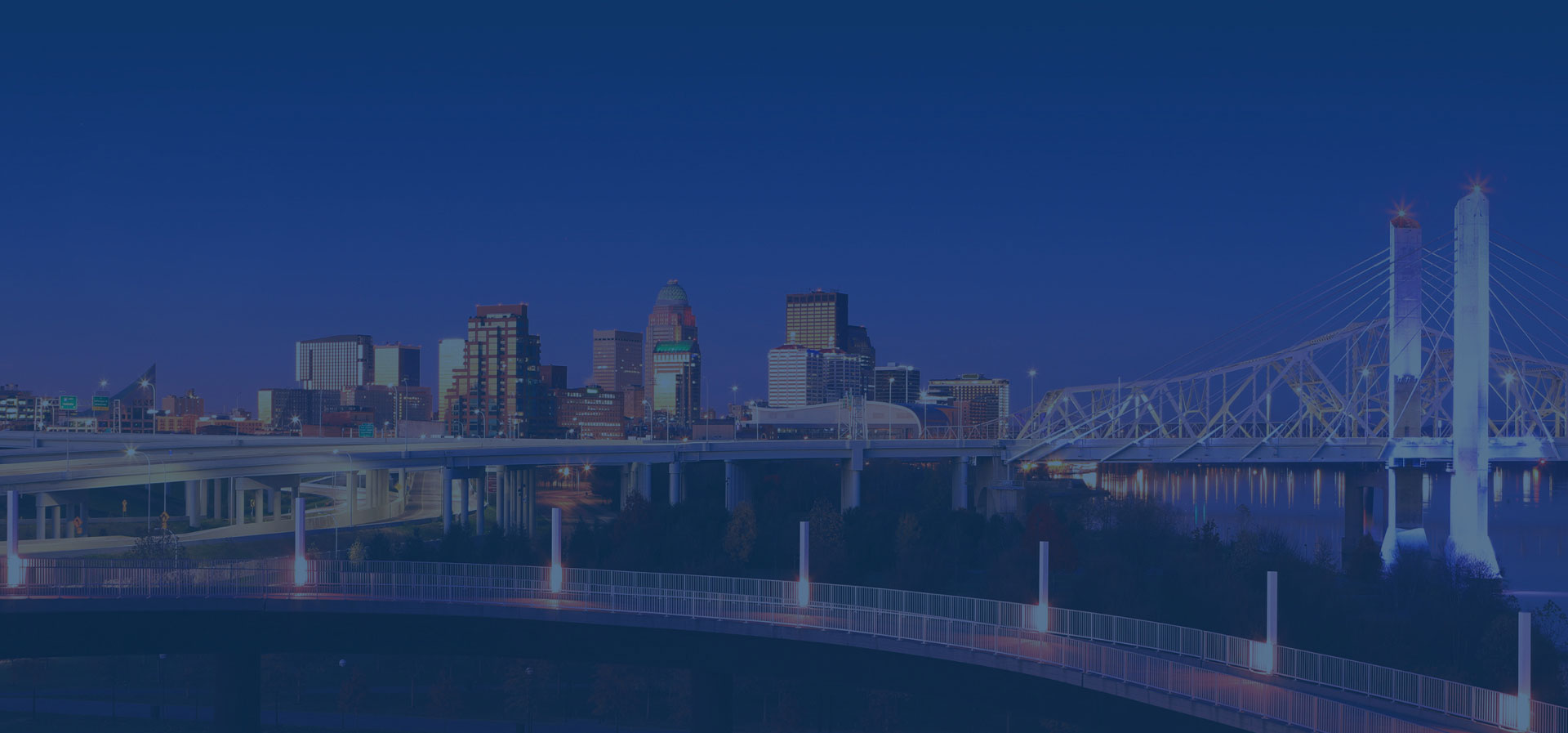Last year, news broke of Detroit’s decision to file for Chapter 9 bankruptcy, making it the largest city in the United States to file in history. While Detroit still faces a long, hard road to recovering their financial state and local economy. The marked improvement faced by Detroit residents speaks volumes to the possibilities gained
Last year, news broke of Detroit’s decision to file for Chapter 9 bankruptcy, making it the largest city in the United States to file in history. While Detroit still faces a long, hard road to recovering their financial state and local economy. The marked improvement faced by Detroit residents speaks volumes to the possibilities gained when declaring bankruptcy. Bankruptcy is always a last resort option, and for cities it is no different.
Chapter 9
In fact, most cities wait until well after they are in a state of financial crisis to make the overdue decision to file for bankruptcy. Detroit was no different, and by the time they filed for their Chapter 9 bankruptcy, residents and businesses had been feeling the affects of this low point in Detroit’s economy. In fact, 1 out of 3 Detroit residents was living in poverty, making it the poorest large city in the U.S.
After filing their Chapter 9 bankruptcy case in July 2013, Kevin Orr served as emergency manager for Detroit, helping bring the city into recovery and out of debt. About 18 months after Kevin Orr began his journey to rebuild Detroit, basic services like road lights and garbage pickup were back on track, and the quality of life in the city began to improve.
From cities and businesses to individual households, financial distress can lead to circumstances where paying off debt becomes unfeasible. When you can no longer envision paying your debt off, consult with a Louisville bankruptcy lawyer.

